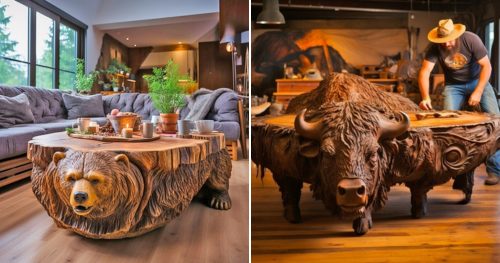Bergenia plants are an excellent choice for any garden with their vibrant flowers and broad, shiny leaves. These plants are easy to cultivate and maintain, but they do need specific growing conditions to ensure optimal blooming and longevity. Here are some ways to plant and care for Bergenia plants for optimal growth:
- Choose the right location:
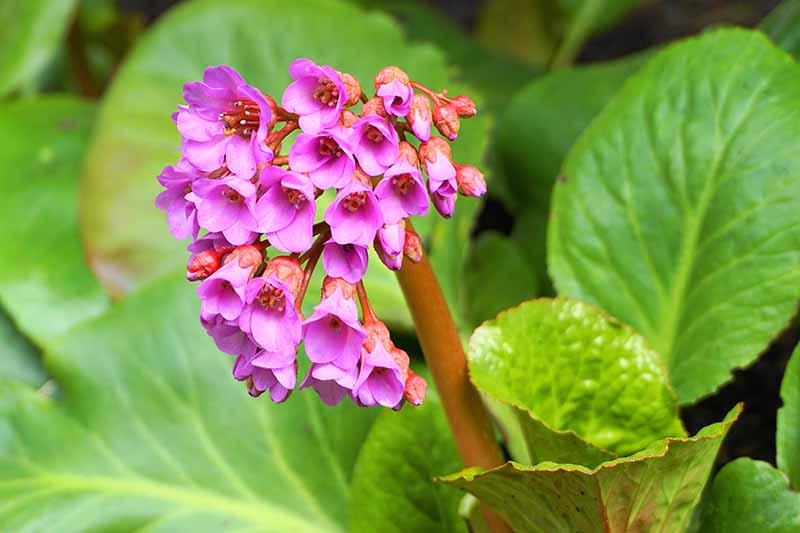 Bergenias prefer shady to partially shady areas with moist, well-drained soil that has a pH level between neutral to slightly acidic. Plant them in an area that receives morning sun and afternoon shade.
Bergenias prefer shady to partially shady areas with moist, well-drained soil that has a pH level between neutral to slightly acidic. Plant them in an area that receives morning sun and afternoon shade. - Prepare the soil:
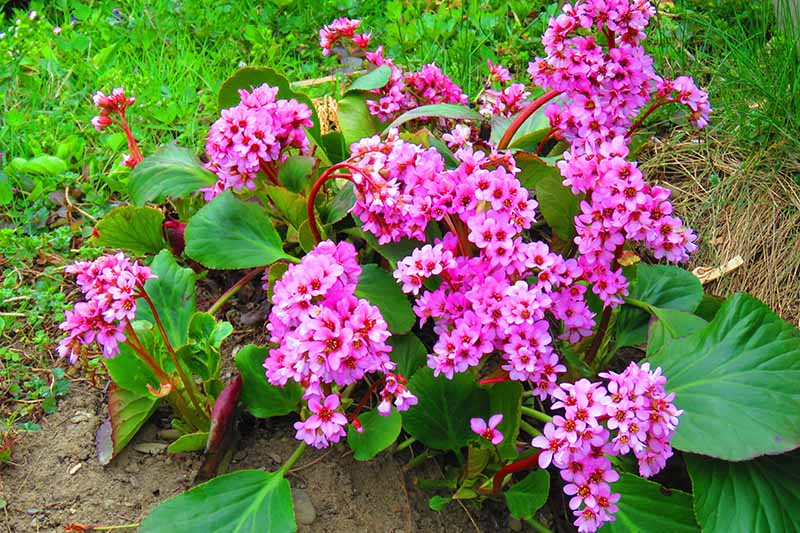 Before planting, amend the soil with compost or other organic matter to ensure adequate moisture retention and nutrient availability. Bergenias prefer soil that is moist but not waterlogged.
Before planting, amend the soil with compost or other organic matter to ensure adequate moisture retention and nutrient availability. Bergenias prefer soil that is moist but not waterlogged. - Planting:
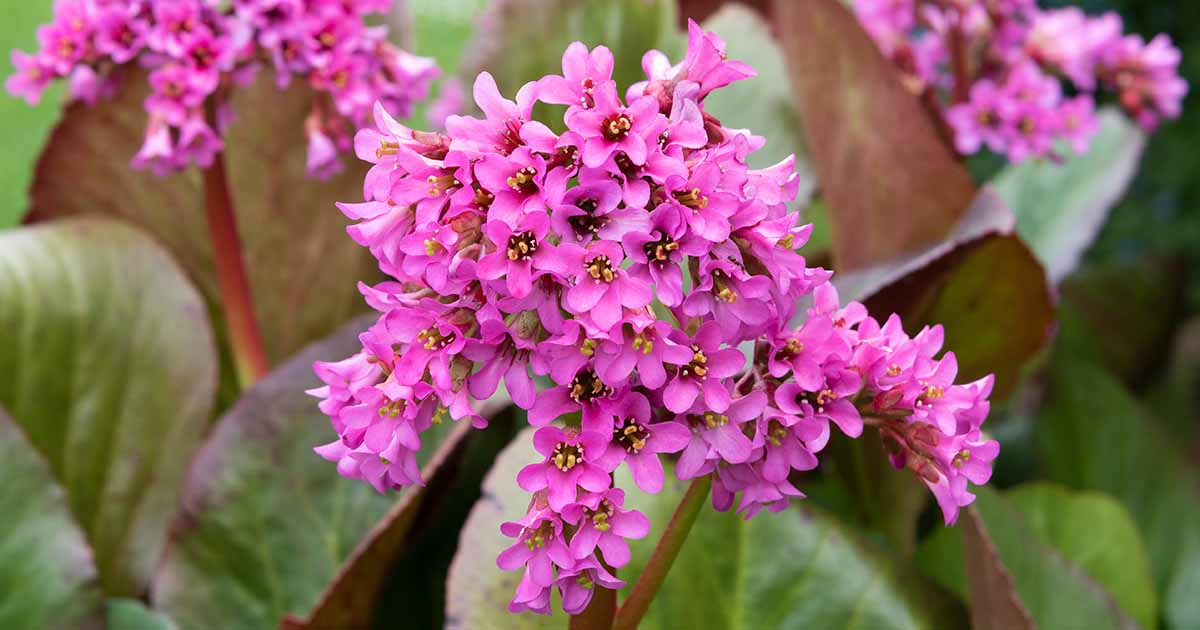 Dig a hole that is slightly larger than the root ball of the plant and place the plant in the hole. Cover the roots with soil and gently firm the soil around the base of the plant. Water thoroughly.
Dig a hole that is slightly larger than the root ball of the plant and place the plant in the hole. Cover the roots with soil and gently firm the soil around the base of the plant. Water thoroughly. - Watering:
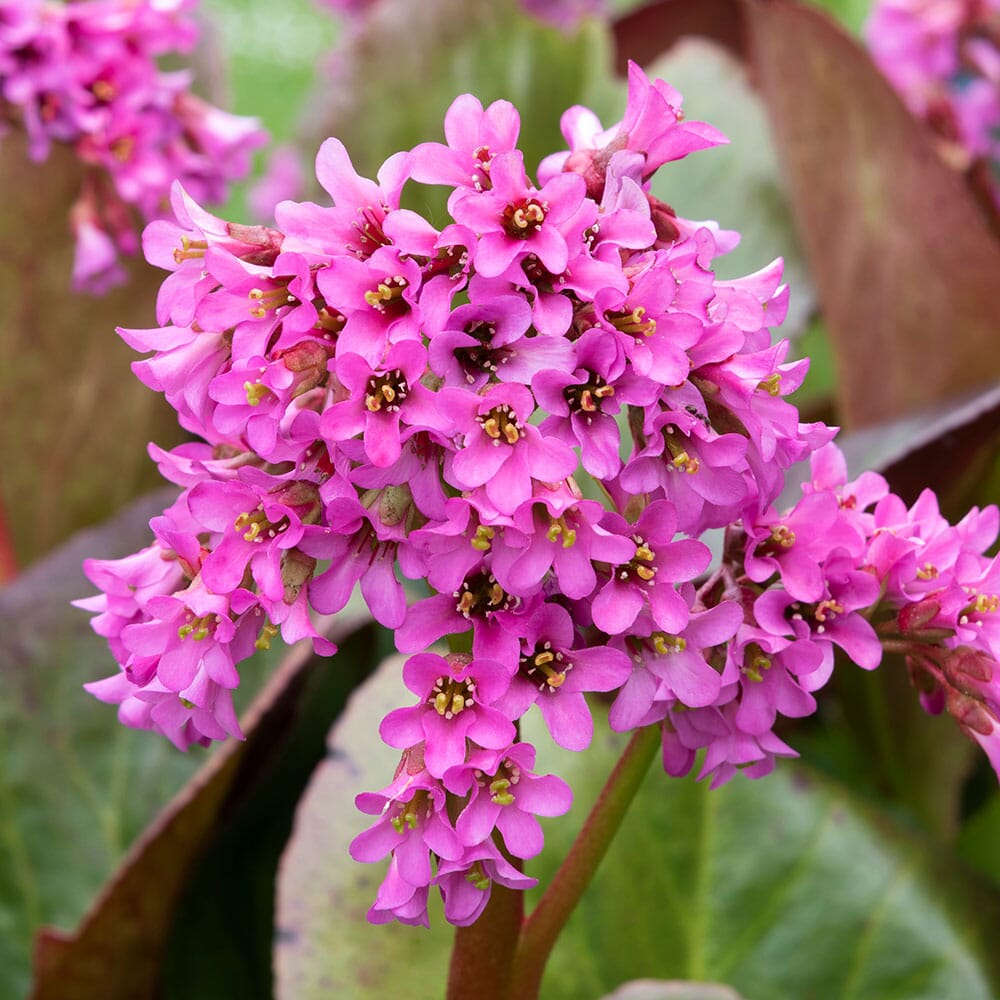 Bergenias require regular watering, especially during dry spells. Water them deeply at least once a week, or more if the soil becomes dry.
Bergenias require regular watering, especially during dry spells. Water them deeply at least once a week, or more if the soil becomes dry. - Fertilization:
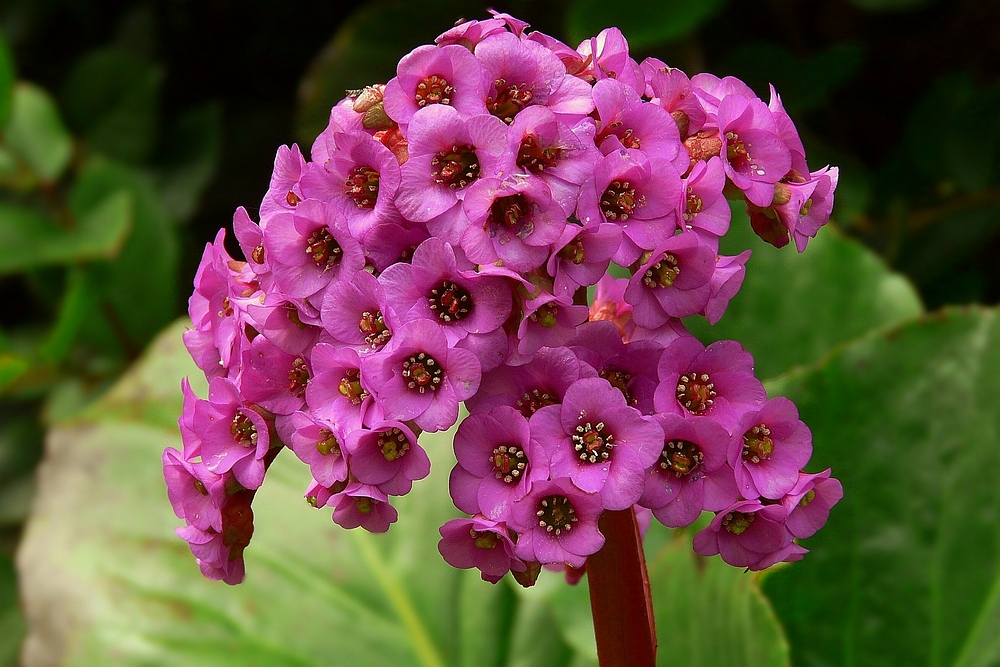 Feed Bergenias with a balanced fertilizer in the spring before new growth appears. Avoid over-fertilizing, as this can lead to weak growth and fewer flowers.
Feed Bergenias with a balanced fertilizer in the spring before new growth appears. Avoid over-fertilizing, as this can lead to weak growth and fewer flowers. - Pruning:
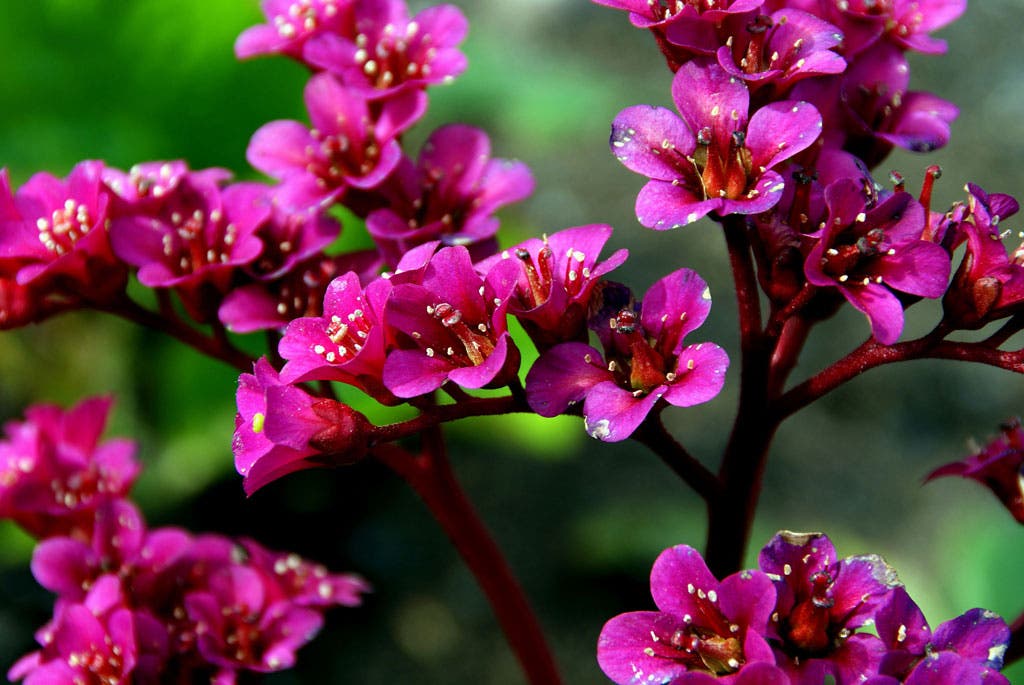 Remove any dead or damaged leaves as they appear. After the flowers have faded, cut back the flowering stems to the base of the plant to encourage new growthand a second bloom.
Remove any dead or damaged leaves as they appear. After the flowers have faded, cut back the flowering stems to the base of the plant to encourage new growthand a second bloom. - Winter care:
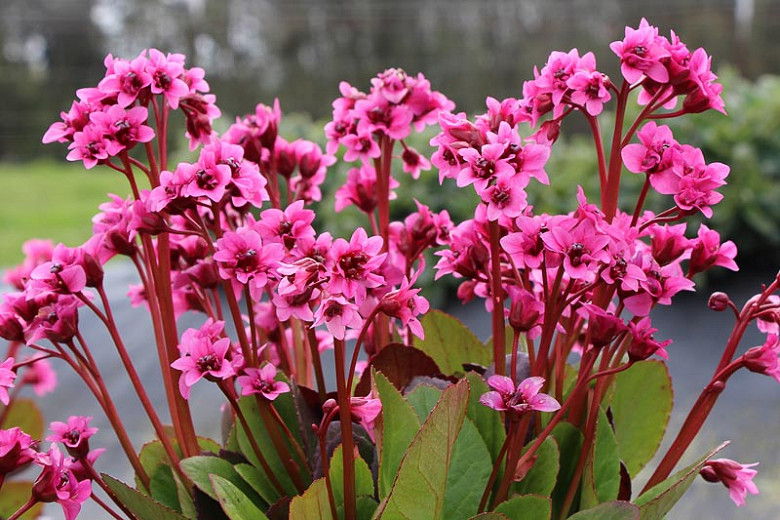 Bergenias are hardy plants and can tolerate cold temperatures, but they benefit from a layer of mulch to protect their roots during the winter months.
Bergenias are hardy plants and can tolerate cold temperatures, but they benefit from a layer of mulch to protect their roots during the winter months.
By following these tips, you can ensure that your Bergenias bloom at the right time and last for many years to come. With their beautiful flowers and easy maintenance, these plants are a great addition to any garden.
Source: https://apkclass.info







